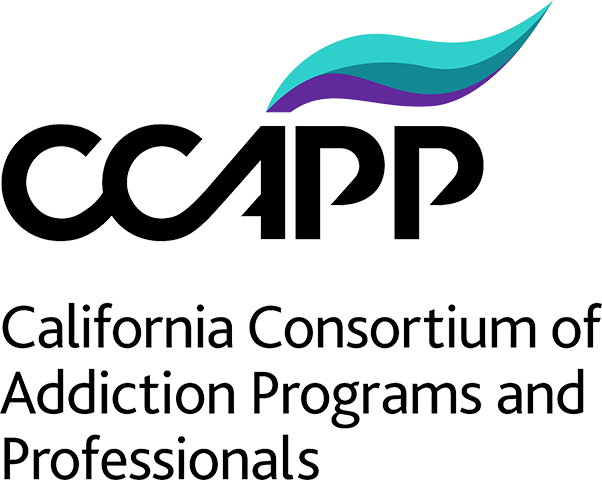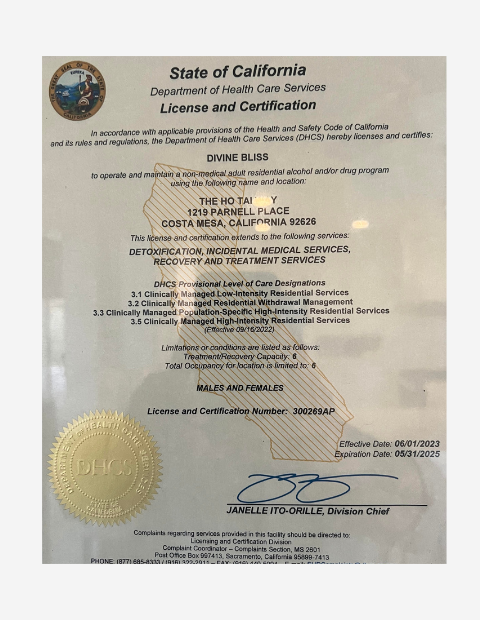The word anxiety is used a lot in everyday language, but have you ever stopped to think about what it really means? Some people use it as a buzzword or some sort of a trend, but anxiety is not just a trend. Nor is it just fear or worry. Anxiety disorders are very serious mental health conditions that can be very debilitating and often co-occur with substance use disorders.
The Difference Between Anxiety and Fear
Fear is a normal response to a dangerous or threatening situation in some way. Everyone will experience fear at some point in their life, but not everyone has an anxiety disorder. Anxiety is lasting; the feelings of worry or fear do not necessarily go away, even after the event or interaction has passed. Anxiety can cause sleep disruptions and other physical symptoms and last for an indefinite period of time.
With anxiety, the feelings of fear or dread can often seem irrational or be disproportionate to the object, interaction, or event itself. They can interfere with your ability to function on a daily basis. Some people will begin avoiding people, places, or situations because of their fears. Often, anxiety is very distressing inside and can cause physical symptoms, too.
Symptoms of Anxiety Disorders
Anxiety symptoms can range from mild to completely debilitating. There are various types of anxiety disorders, but the most common symptoms include:
- Rapid heart rate
- Sweating heavily
- Rapid breathing
- Feeling agitated, restless, anxious
- Irritability
- Feelings of panic, dread, or danger
- Muscle tension
- Feeling weak or easily fatigued
- Difficulty concentrating
- Insomnia
- Changes in appetite
- Digestive problems
- Avoidance of anxiety-related things
- Irrational worries about ordinary things
What Are Some Major Anxiety Disorders?
Many people use the term anxiety as a blanket term for many different types of anxiety disorders. However, different types of anxiety disorders have different causes, triggers, and symptoms. Some of the major categories are:
- Generalized Anxiety Disorder (GAD): Most common forms of anxiety fall under this category. GAD symptoms can be mild to debilitating, typically frequent, and last for months or years.
- Panic Disorder: This disorder is characterized by frequent, unexpected panic attacks, which can be debilitating. Panic attacks can occur as often as several times a day or as rarely as a few times per year. Not everyone who has a panic attack will develop a panic disorder.
- Social Anxiety Disorder: This type of anxiety is an intense fear of being watched and judged by others. Fear of social situations can seem so extreme that the person feels like they have no control. People with social anxiety disorder often avoid going to school, work, or doing other everyday things.
- Phobia-related disorders: Specific phobias include having an intense fear of and anxiety about specific objects or situations such as heights, flying, certain animals, etc. Other common phobia-related disorders include agoraphobia, which involves fear of being in public spaces or outside of the home, and separation anxiety disorder, which is an intense fear of being apart from people you are attached to.
How It Feels to Live With Anxiety Every Day
Living with anxiety can be very lonely. Often the symptoms are internal, and no one else is aware that the person with anxiety is suffering. In fact, the person with anxiety may not even be consciously aware that they are suffering from anxiety; they simply suffer mental and physical symptoms alone and in silence.
This might look like lying in bed “stressing out” or worrying about something for hours without being able to go to sleep. Or not being able to eat normally, perseverating on fears or worries, experiencing headaches or stomach aches, or other physical symptoms that have no other explanation.
Coping with anxiety is very difficult because there is no escaping it. Some people become very physically ill or intentionally find an excuse to avoid whatever the dreaded issue may be. However, avoidance typically exacerbates the problems rather than solves them. The anxiety is still there, and so are the problems. The best way to cope with anxiety is to receive treatment from licensed professionals.
How Is Anxiety Related to Substance Abuse?
Anxiety is one of the most common co-occurring disorders with substance abuse. Sometimes, anxiety disorders may develop as a result of excessive substance use. For other people, the anxiety disorder is pre-existing, and they may use substances to try to self-medicate the symptoms of anxiety. Unfortunately, substance use can exacerbate anxiety symptoms. Whether your anxiety came first or resulted from substance abuse, you can find healing for both your substance use disorder and anxiety through treatment for addiction.
Anxiety disorders are much more than just fear or worry. Anxiety symptoms can be mild to debilitating, and people often suffer in silence. Many people with substance use disorders also have anxiety disorders, but substance use can exacerbate anxiety symptoms. The Ho Tai Way – Recovery For Women is a detox and residential treatment program in Costa Mesa, California. We treat women with addiction and co-occurring disorders, such as anxiety. Our trauma-informed care offers you safe, non-judgmental, compassionate healing. Our facility is located between the serene mountains and the sunny beaches of Southern California to create a quiet refuge from life. Our goal is to provide a place for you to find your way again. You already have the tools inside you to achieve sobriety. We help you use them. Please contact The Ho Tai Way at (714) 881-8931 to learn more about our program.









